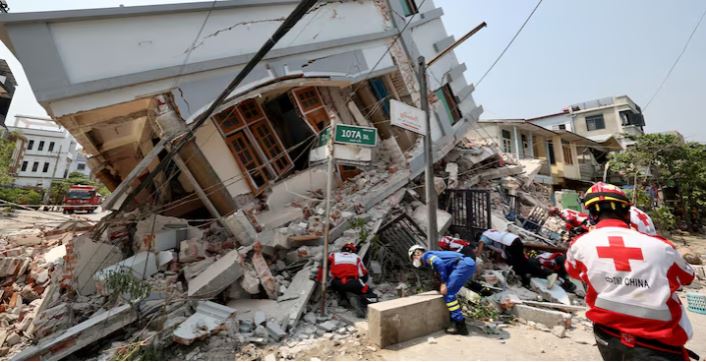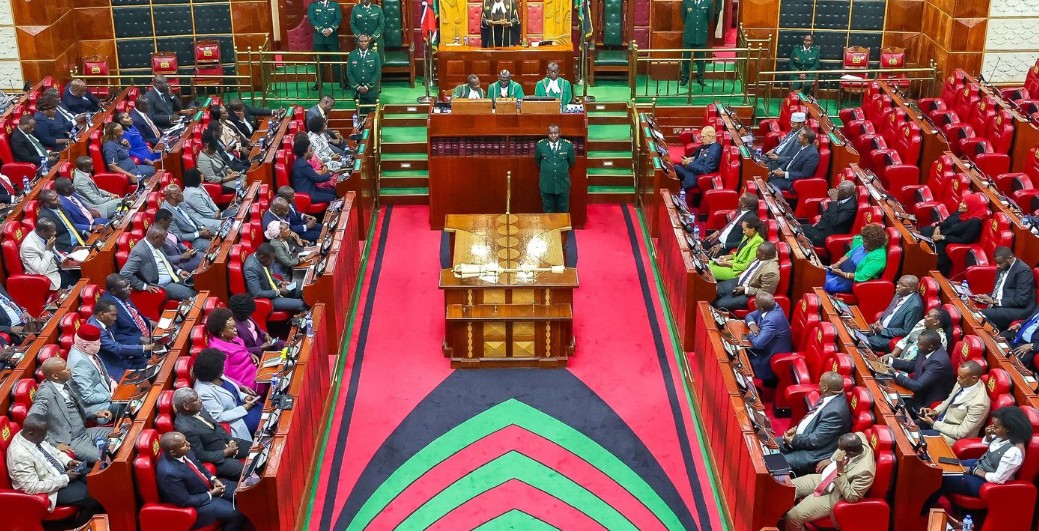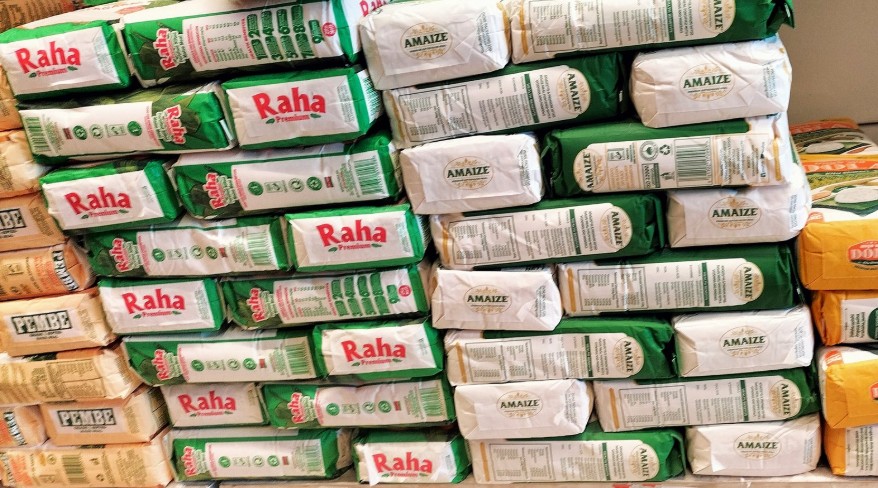Developers face scrutiny over safety of high-rise buildings after Myanmar quake

The World Economic Forum recommends that buildings be fitted with "base isolation" systems to separate the building from its foundations using springs or runners.
Developers in Kenya, as well as other natural disaster-prone nations across the globe, have been put on notice over the safety features of high-rise buildings following the recent earthquake in Myanmar.
The Asian country is still recovering from the massive earthquake that struck on March 28. The 7.7 magnitude tremor was also felt in Thailand and southwest China.
More To Read
- Myanmar earthquake survivors without food and shelter as death toll rises above 2,700
- Kenya issues safety advisory for citizens in Myanmar, Thailand after earthquake
- Search for quake survivors intensifies in Myanmar, Thailand; death toll expected to rise
- Woman rescued from Myanmar earthquake rubble as searchers race to find more survivors
The latest update reports that over 3,000 people have lost their lives in Myanmar, with more than 4,500 others injured and the numbers are expected to increase.
The US Geological Survey's modelling estimates Myanmar's death toll could exceed 10,000, with losses surpassing annual economic output.
Meanwhile, in Bangkok, 21 people have been confirmed dead, 14 of them at the high-rise building that collapsed, where dozens of people remain missing.
Weighing on the matter, experts say collapsing buildings are the biggest cause of death during earthquakes, raising the question of how high-rise buildings are constructed to prevent deaths and injuries.
They, therefore, call for stronger regulations, innovative engineering solutions and stricter safety standards to protect lives and reduce the extent of damage in the event of such natural disasters.
“While earthquakes can't be prevented, buildings can be constructed to minimise deaths and injuries during an earthquake and its aftershocks,” said Mehrdad Sasani, a civil and environmental engineering professor at Northeastern University in the United States.
“Concrete reinforced with steel in buildings can offer better resilience in contrast to traditional construction materials like sand and gravel.”
He explains that steel bends considerably before breaking, strengthening larger buildings against quakes, advising that in smaller buildings, bamboo can also be used for this purpose.
Sasani adds that using a quality-controlled mixture of clay and sand and adding straw will help control micro-cracks.
Nevertheless, he says having lightweight roofs can go a long way in reducing death from building collapses as people trapped under them suffer fewer and less severe injuries.
According to a study by Nature magazine, wood and metal are better for roofs than heavy materials in earthquake-prone areas.
The World Economic Forum also recommends that buildings be fitted with "base isolation" systems to separate the building from its foundations using springs or runners.
"This means that when an earthquake starts, the resulting movement will not impose stress on the structure of the building," the forum said.
Top Stories Today



















